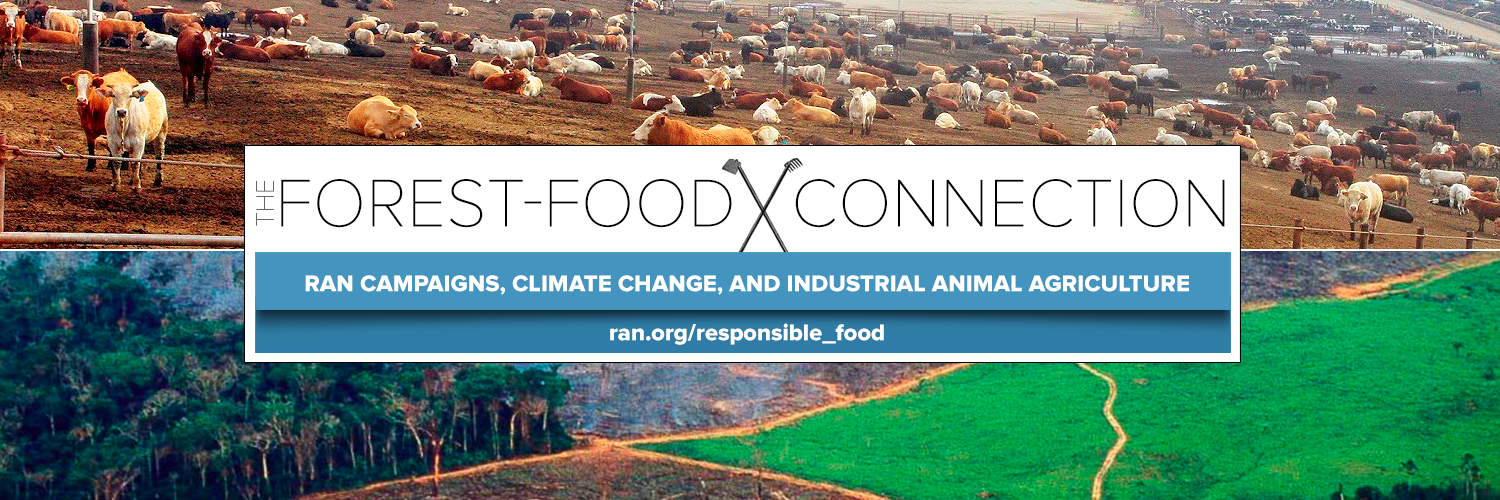While hundreds of millions of households around the globe struggle to meet basic dietary needs, a huge portion of the food produced worldwide ends up in the garbage. Food waste has become a serious environmental and economic issue.
Did you know that if food production were a country it would be the third largest emitter of global GHG emissions – a larger GHG emitter than the United States, which is the second largest emitter after China? This is estimated from the embedded emissions to produce that food and not the emissions associated with the food waste (e.g. methane from landfills). Either way, the Food and Agriculture Organization of the United Nations (FAO) estimates that each year, approximately one third of all food produced for human consumption in the world is lost or wasted.[106]
Aside from the social, economic, and moral implications of that waste, in a world where approximately 805 million people go to bed hungry every night, the ecological cost of producing all that food, for nothing, is staggering.[107]
Check out John Oliver’s special on food waste here. It highlights the dramatic realities of food waste in the US, and globally, including the fact that up to 40% of food ends up in dumpsters in the US, equivalent to $165 billion worth of food every year Americans throw away. Meanwhile, around 50 million Americans live in food-insecure households.
According to Peter Lehner, the executive director of Natural Resources Defense Council, along with synthetic nitrogen fertilizers and animal production, food waste is one of the food system’s largest drivers of climate change.[108]
The Guardian’s August 2015 visual guide to food waste has several compelling images and statistics. It found that each year 1.3 billion tons of food, about a third of all that is produced, is wasted, including about 45% of all fruit and vegetables, 35% of fish and seafood, 30% of cereals, 20% of dairy products and 20% of meat.[109]
National Geographic has it’s own take on food waste.
Two researchers from the Journal of Industrial Ecology found that annual emissions tied to uneaten food are equivalent to adding 33 million passenger vehicles to US roads.[110]
Regardless of how you slice the food waste pie, it’s clear that if developed countries wasted less food, and if current crop production used for animal feed were targeted for direct human consumption, there would be more than enough to go around. Worldwide, 80% of the area of all agricultural land is used for fodder (food for livestock), with 44% of the world’s grain harvest diverted to industrialized meat production.[111] Imagine how many people across the globe that could be nourished if that 80% of agricultural land went into commodity production for direct human consumption instead of to feed livestock!
Studies show that 70% more calories would become available, potentially providing enough calories to meet the basic needs of an additional 4 billion people, by redirecting animal feed for direct human consumption.[112]
By transforming our food system, starting with the corporations that have hijacked it and the lack of government incentives to waste less, we can begin to solve the pressing issue of global food security and start to tip the scales towards global food security and food sovereignty.
[106] http://www.fao.org/docrep/018/i3347e/i3347e.pdf
[107] http://news.nationalgeographic.com/news/2015/01/150122-food-waste-climate-change-hunger/
[108] Presentation about Agriculture and Climate Change, Yale Law School, Fall 2014
